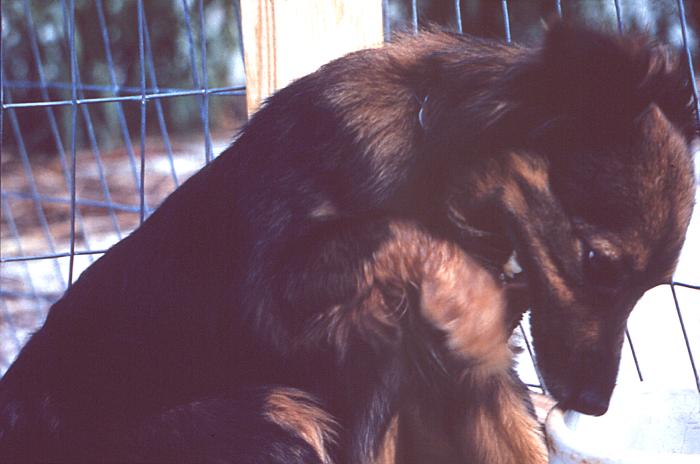
Tetanus: Types, Symptoms, Treatment and Prevention
Tetanus is a serious and fatal disease caused by bacterial toxin produced by the bacterium tetani and affects the nervous system. a cut or wound on the skin are infected by the bacteria, which is generally found in agricultural soil, intestines and feces of various animals including rats, dogs, cats, chickens, guinea pigs. Infection may cause severe muscle spasms including locking of jaw.
C. tetani is a gram-positive, anaerobic, spore forming bacteria. these spores are found in manure, agricultural soils, feces of animals and can survive for month to years. The spores are resistant to heat and antiseptic and can survive a few minutes at more than 100 degree centigrade. The toxin produced by C. tetani is tetanolysin and tetanospasmin. Tetanospasmin acts as neutroxin and causes the disease tetanus.
This forms of tetanus occurs in newborn infants, born without protective passive immune. Neonatal tetanus occurs through infection of the unhealed umbilical stump, especially when the stump is cut with an unsterlite knife or blade. This is common in some of the developing countries and developed countries report a few tetanus cases.
The incubation for neonates varies from 4 to 14 days; however the incubation for adults may vary from 3 days to 15 weeks. The incubation period depends on the distance of wound from central nervous system and severity of wounds. a deep wound may allow bacteria to attain its full strength and may cause severe infection and result may be more fatal.
- The first early symptoms of tetanus may be the jaw spasm also called lockjaw. This causes difficulty in moving jaw muscles and eating and swallowing.
- The other symptoms follow lockjaw includes stiffness in neck and back and rigidity in muscles of abdomen.
- he muscular spasms may expand to throughout of the body and sometimes may even cause muscle tears.
- Body temperature rises 2 to 4 degree centigrade and sweating occurs.
- Rise in blood pressure and heart rate are additional symptoms of tetanus.
Wound Care and Treatment
The wound must be cleaned and infected tissues should be taken out to reduce the bacteria. if wounds are deep and the patient had earlier taken zero to two doses of tetanus toxoid, should be given TIG as well as Td toxoid.
Recovery and Mortality:
- Initial recovery in muscle may begin within 3 to 4 weeks but complete recovery may take months and in some cases up to one year or more than one.
- Mortality rate may be high and highest mortality rate is in some of the developing countries.
Complication in tetanus
- The vocal cord spasm and muscle spasm may lead to respiration problem.
- Contractions and convulsions in muscle may lead to fracture of the spine or long bones.
- Nervous system abnormality may led to hypertension and abnormal heart rhythm.
- Prolonged hospitalization can lead to Nosocomial infections. Secondary infection may also cause sepsis from catheters and decubitus ulcers.
- a common late complication of tetanus is aspiration pneumonia and found in majority of autopsied cases.
All children should be vaccinated. Tetanus vaccines are available worldwide and booster vaccines should be recommended at every 10-year interval. if a person suffers a wound and he or she is unable to remember, when he or she has earlier vaccinated, the person should be vaccinated with a tetanus booster DTaP.
Summary: Tetanus is a serious and fatal disease with high mortality rate. To prevent, vaccinations should be given to the children as per the plan and should not be stopped in middle. At the interval of 10 years tetanus boosters should be taken to avoid the fatal disease.
Source : babycarehelp.com/tetanus.htm